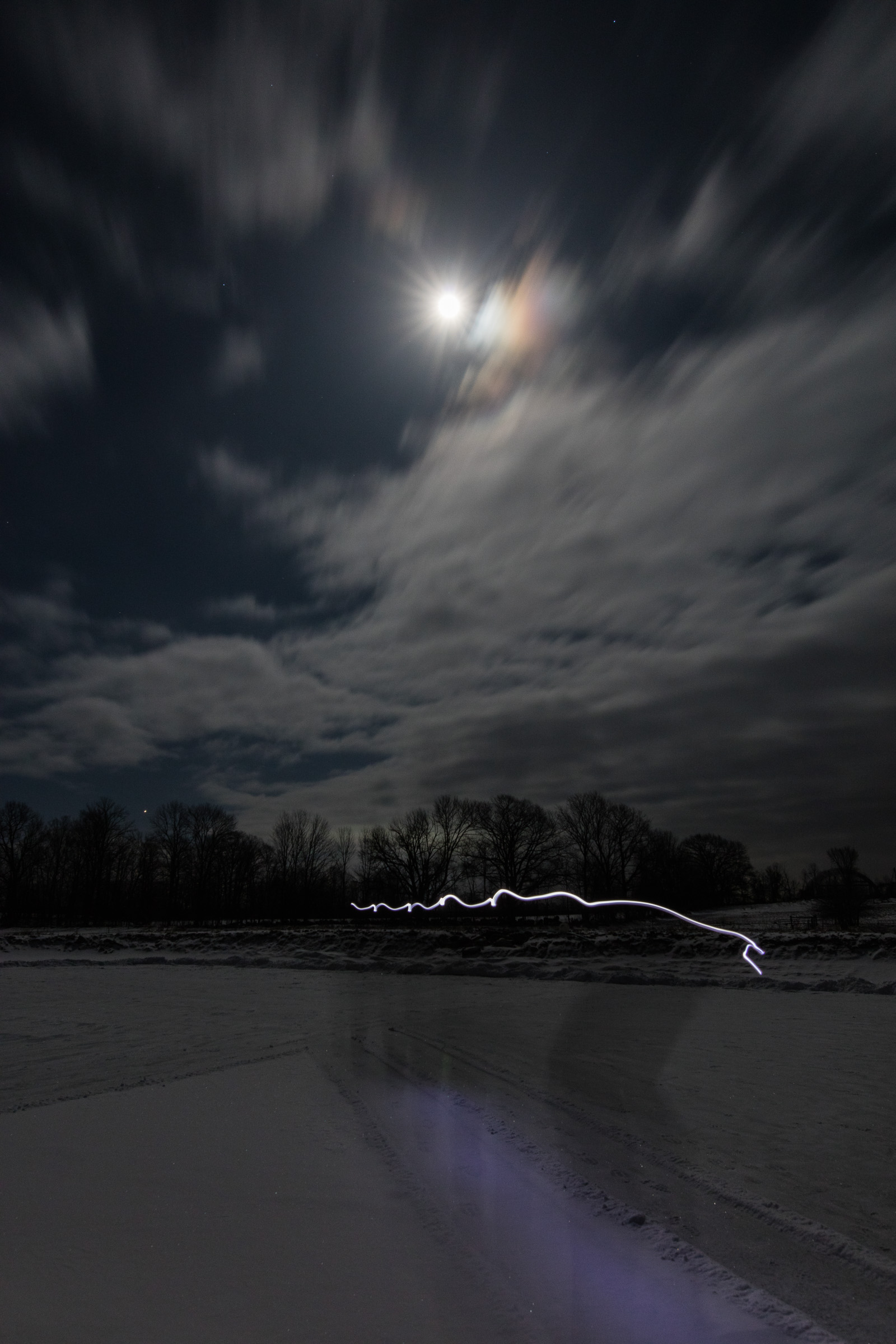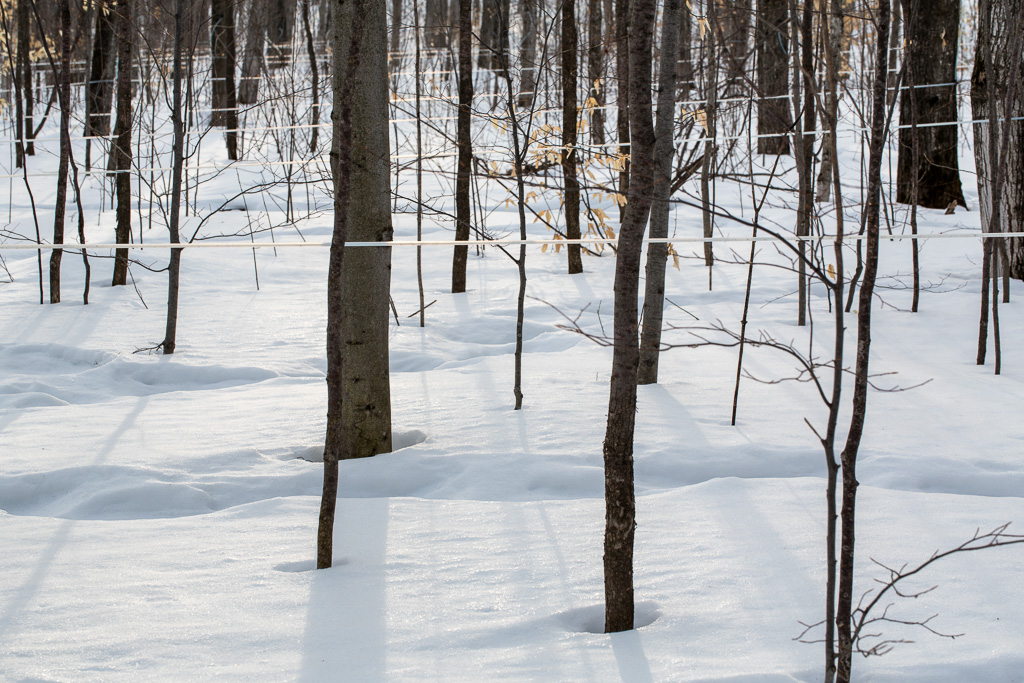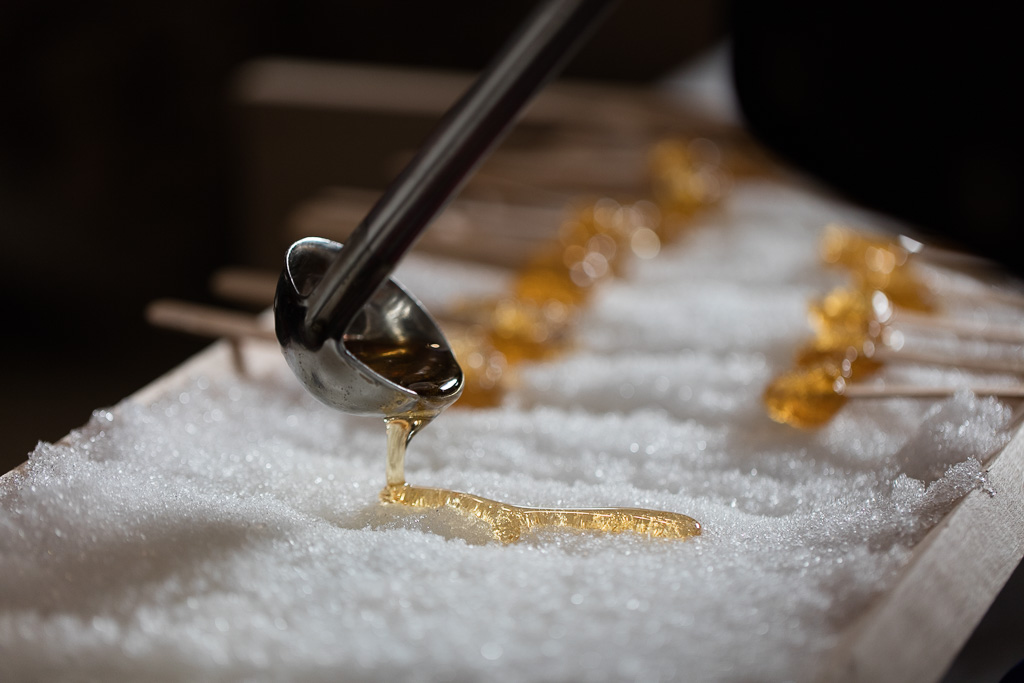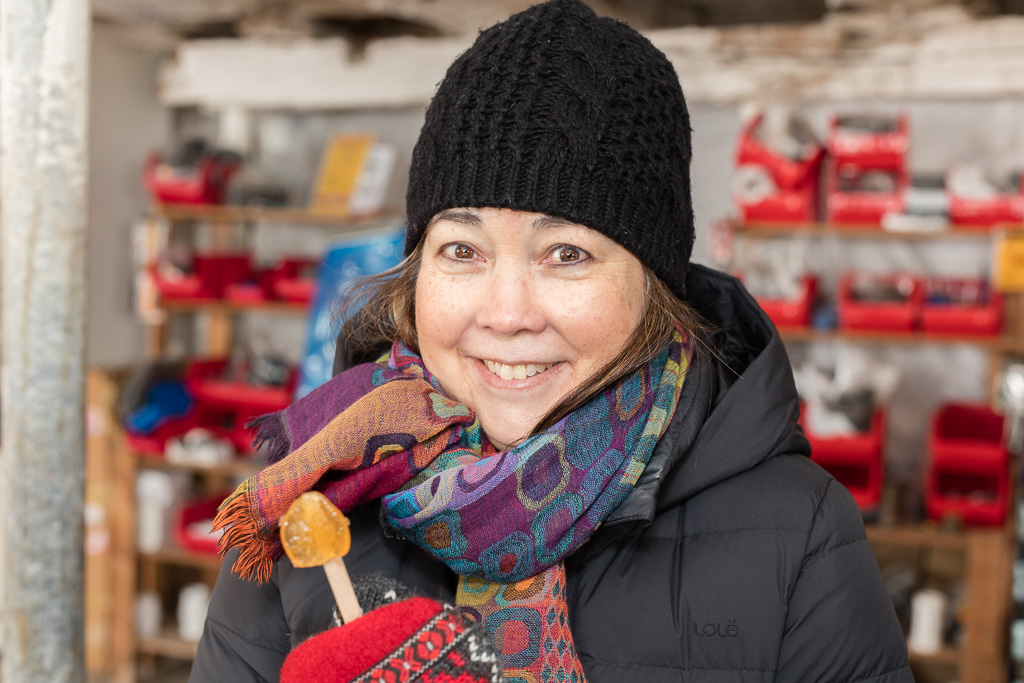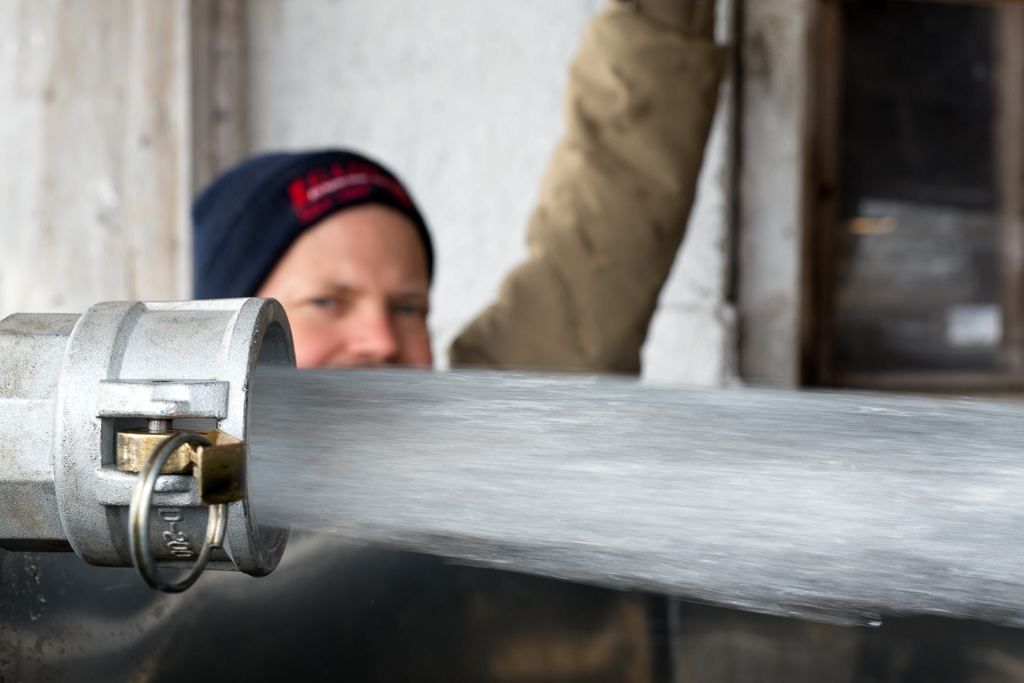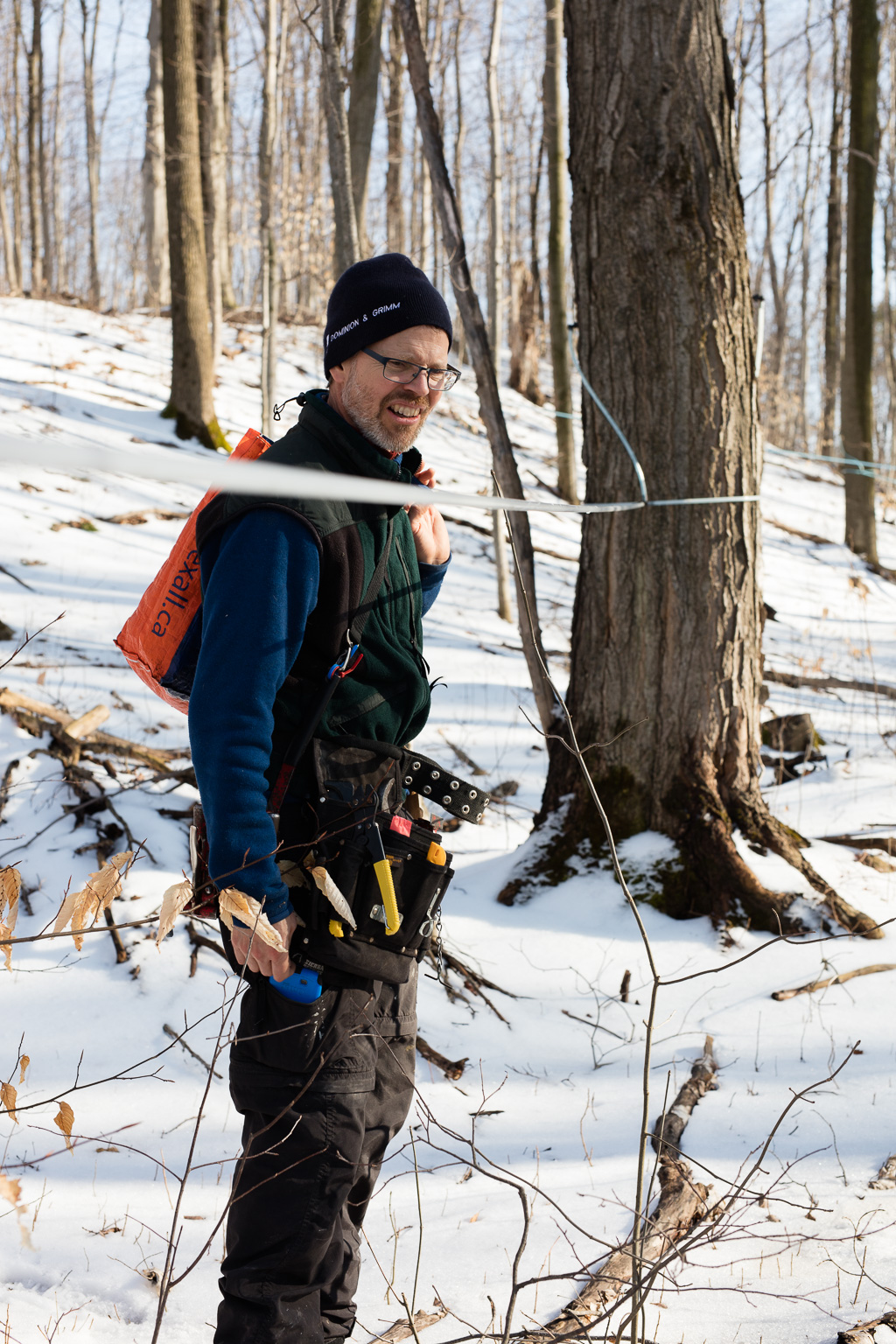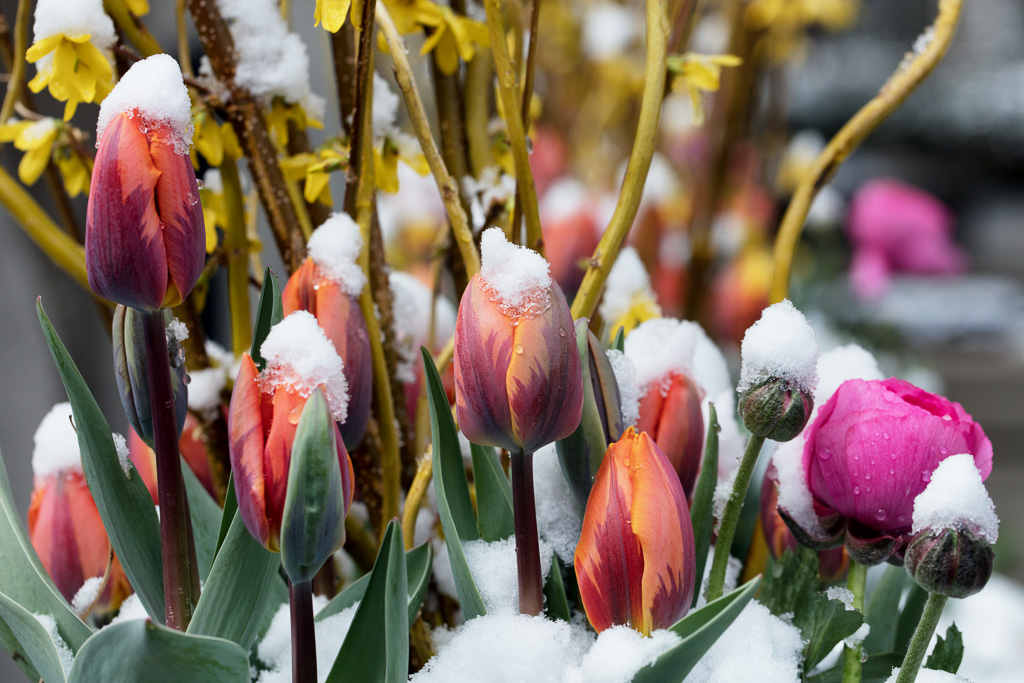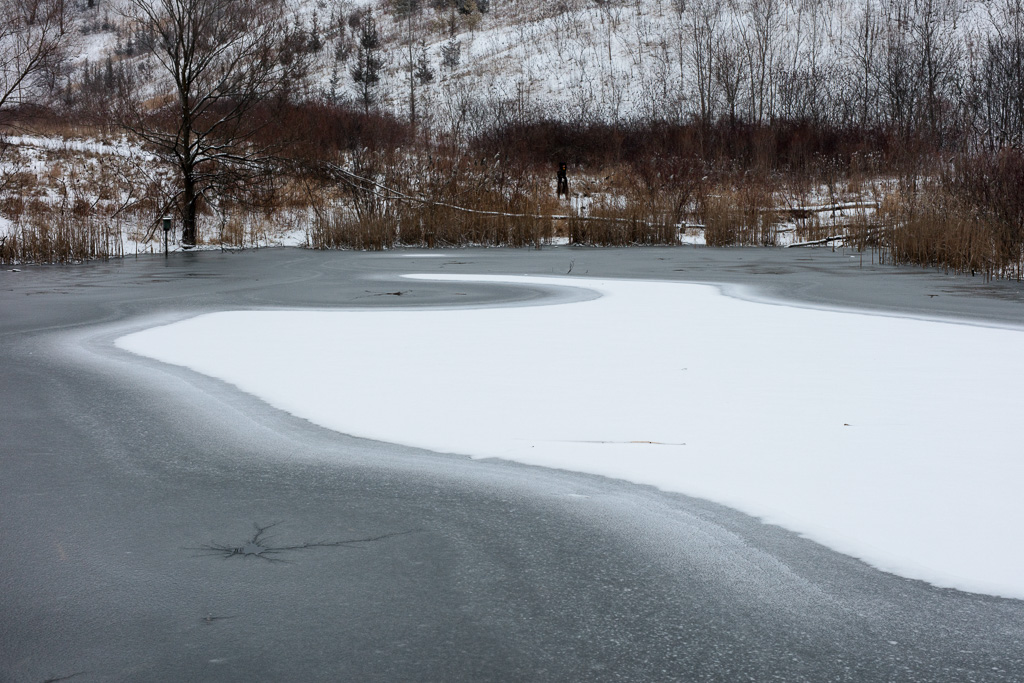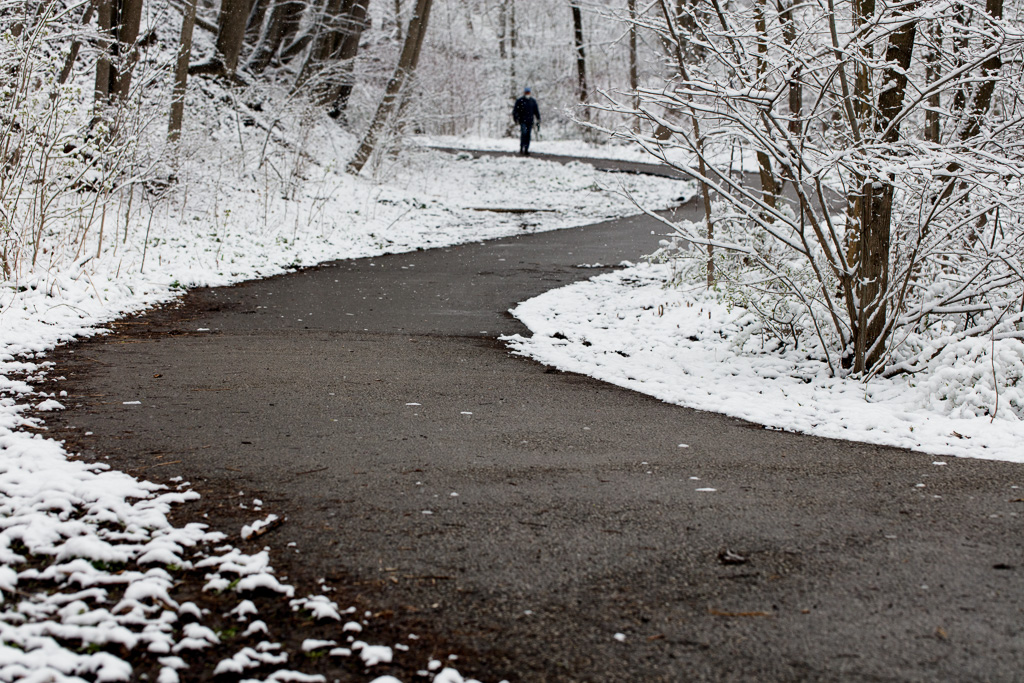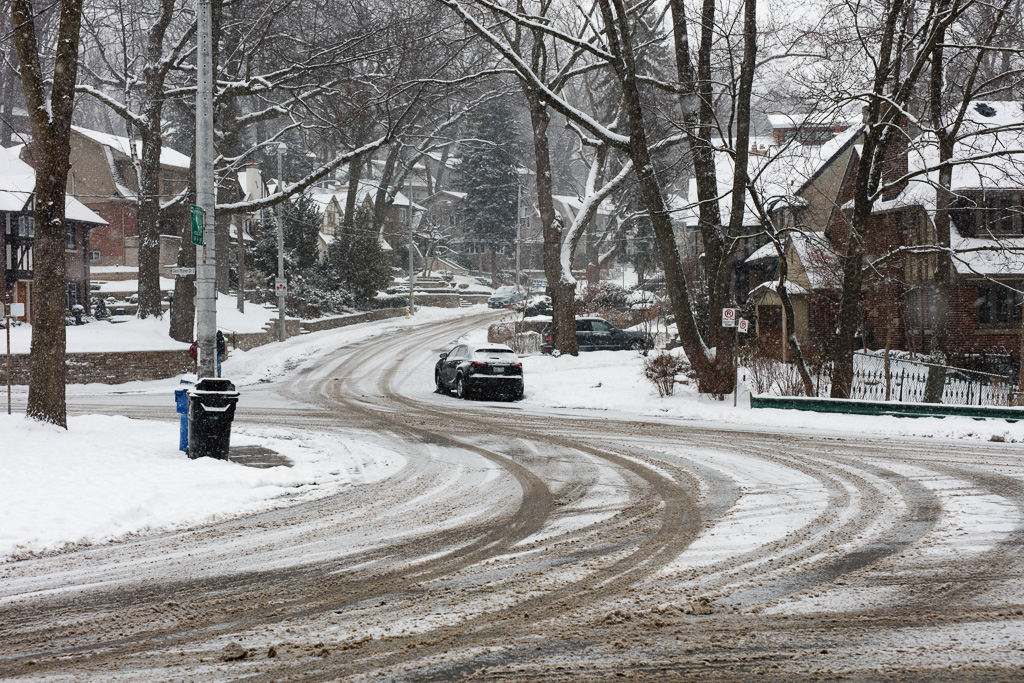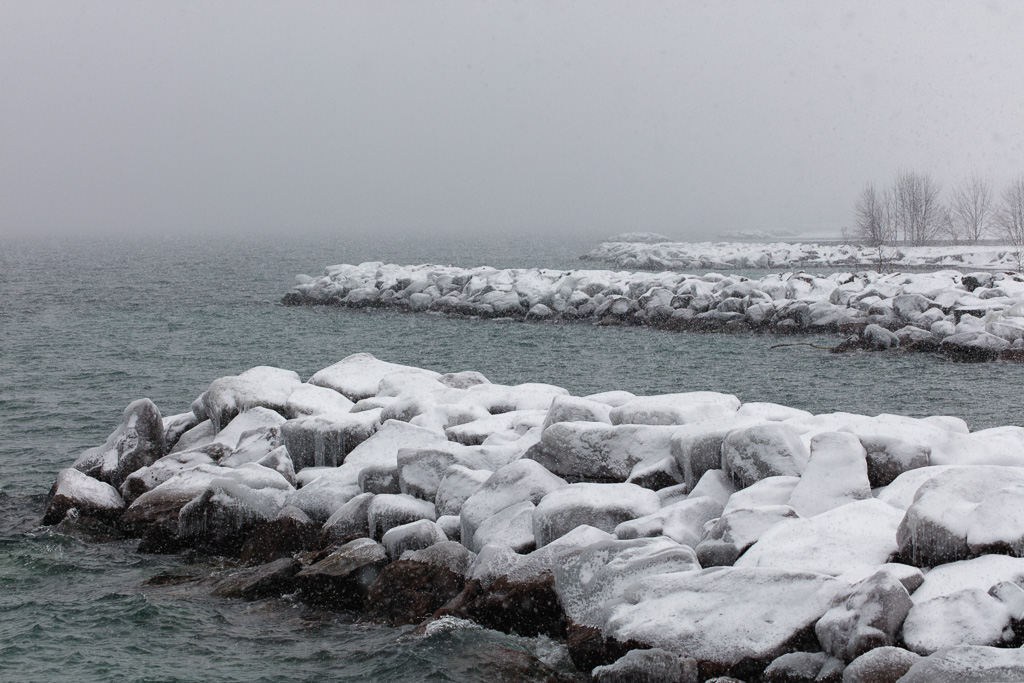Sometimes a landscape presents to me as extraverted. At other times a landscape will approach me with a cautious reserve.
My encounters with landscape remind me a lot of my encounters with people. I think of all those times I’ve sat in a meeting and there’s that one person who goes on and on, and in the midst of it their bluster seems persuasive, but afterwards, when I’m reviewing the minutes, I realize that, despite the torrent of words, the person has said nothing of substance. Meanwhile, there is that one person who sits quietly in the corner, unable to get a word in edgewise, who later sends an email or phones me, and I discover that their head is brimming with helpful ideas and creative solutions.
Landscapes can be like that. Some landscapes smack me full in the face with an immediate impact and I say: Wow! A lot of sunset shots affect me in that way. Then I look more closely and realize there isn’t a whole lot going on in the image; it’s the photographic equivalent of a vapid blond Fox news anchor. Or, to borrow a phrase from MacBeth, it is “full of sound and fury, signifying nothing.” Meanwhile, lurking in the corner of my lightbox is an understated image that doesn’t seize my immediate attention but nevertheless lingers in my memory.
Try an experiment sometime. Take an 8 1/2 x 11 sheet of white paper and mark it with a single black dot, then show it to friends and ask them what they see on the page. Almost invariably, they will point to the dot while ignoring the overwhelming whiteness of the page. When we look passively, we are keyed to see certain things, like bright colours and stark contrasts. Only when we look actively do we begin to notice subtlety and nuance.



